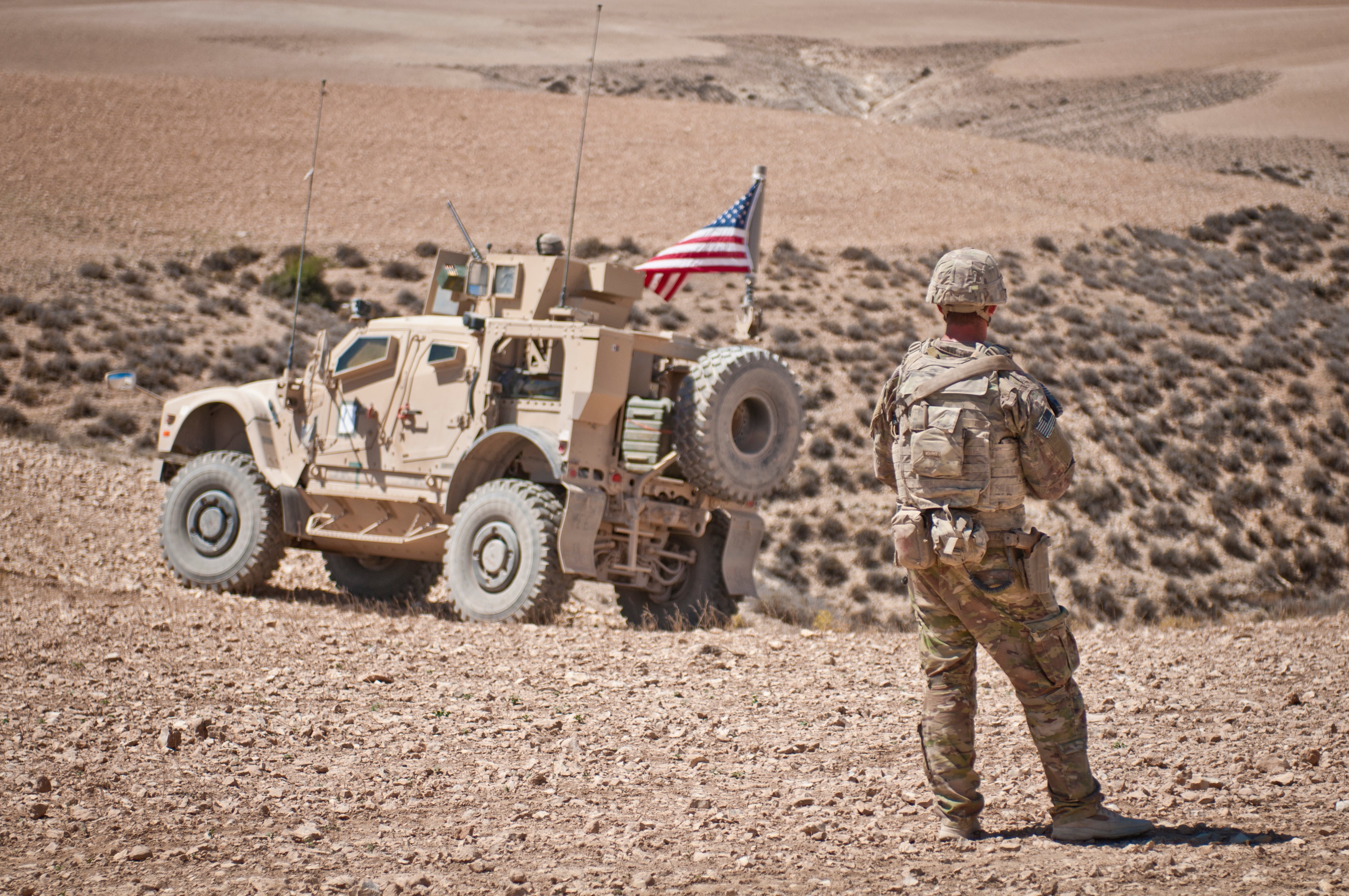As the U.S. military battles Islamic State militants in the Euphrates River valley, it has conducted more airstrikes in Syria in recent weeks.
The greatest increase in airstrikes came after the Trump administration ordered a surprise withdrawal from Syria Dec. 19, which caught the Pentagon and allies off-guard and led to the resignation of Defense Secretary Jim Mattis.
According to a summary released Tuesday by Combined Joint Task Force-Operation Inherent Resolve, the Air Force and other coalition aircraft carried out 1,147 engagements and conducted 575 strikes in Syria between Dec. 30 and Jan. 12. The coalition also was involved in 19 engagements, and 13 strikes, in Iraq during that two-week period.
That’s up from the previous two-week period, Dec. 16 to Dec. 29, when 1,001 engagements and 469 strikes were carried out in Syria, and 14 engagements with nine strikes were carried out in Iraq. It’s also higher than the 863 engagements and 458 strikes conducted in Syria between Dec. 2 and Dec. 15.
During the most recent two-week period, allied aircraft engaged 485 ISIS tactical units in Syria, according to the coalition. They destroyed 308 staging areas, 220 fighting positions, 105 mortar, rocket and artillery systems, 57 supply routes, and 50 facilities used to manufacture improvised explosive devices and car bombs, among other ISIS assets in Syria.
RELATED

The Pentagon on Friday confirmed it had started moving equipment out of Syria, and had begun planning to pull about 2,000 U.S. troops from the country.
Stephen Losey is the air warfare reporter for Defense News. He previously covered leadership and personnel issues at Air Force Times, and the Pentagon, special operations and air warfare at Military.com. He has traveled to the Middle East to cover U.S. Air Force operations.




